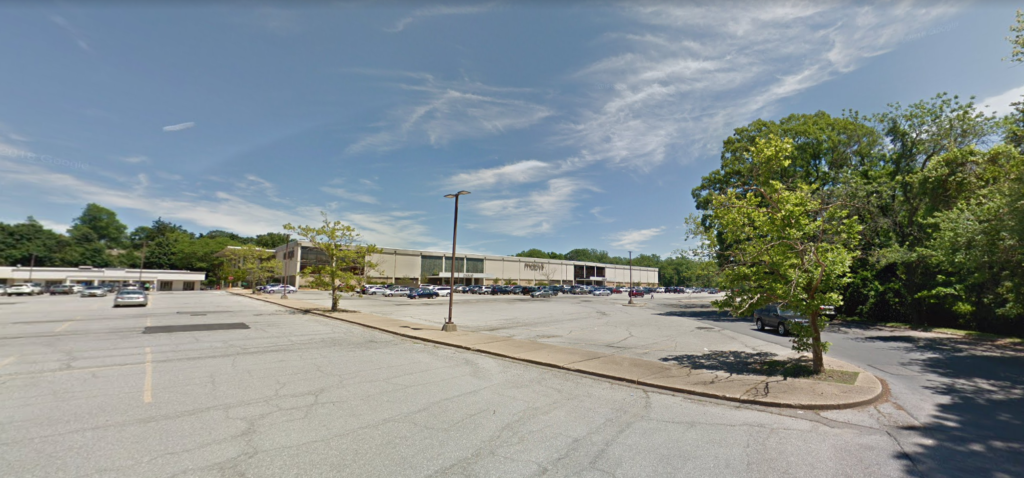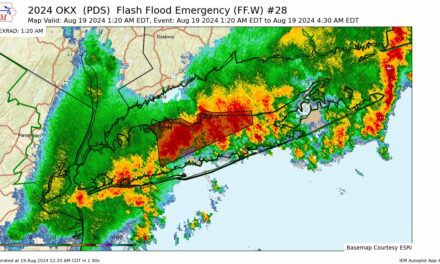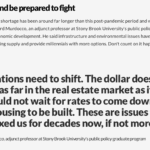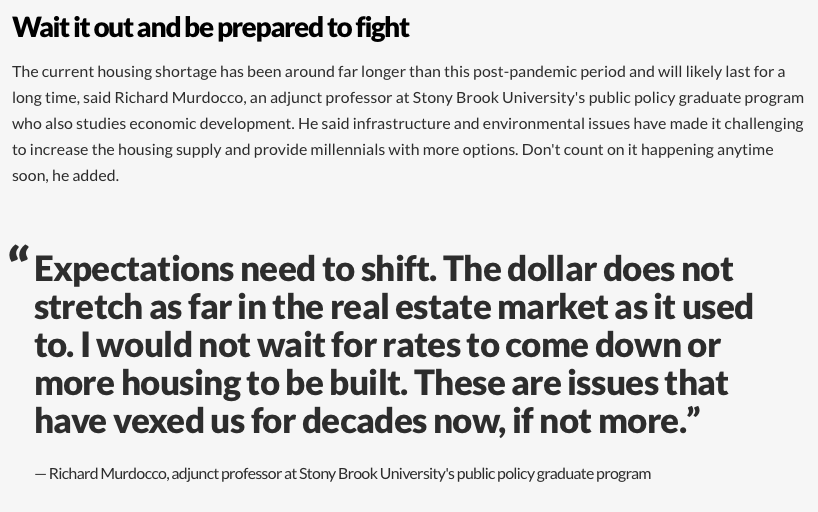The following is a quick hit of editorial analysis from The Foggiest Idea on the local and regional developmental issues that matter. For more, be sure to LIKE TFI on Facebook.
By Richard Murdocco
December 6th, 2020
Builders and trade leaders argued that vacant big-box stores and shopping centers should be replaced by apartments and other mixed uses during a virtual conference on economic development on Friday. You can read Newsday‘s coverage of the event, and the remarks here.
“We have a lot of shopping centers, big-box stores and other retail spaces that are going to need redevelopment,” Mitch Pally, CEO of the Long Island Builders Institute, said during the event, hosted by Vision Long Island, a non-profit development advocacy group. “The ability to redevelop those sites for mixed-use projects, including rental apartments and condos, is going to be very important.”
The Foggiest Idea‘s Take: With the appropriate conditions, a wholesale development strategy that calls for the revitalization of antiquated and idle retail sites is sound planning practice. But for such an approach to be successful, policymakers and local residents must work together in identifying appropriate sites that have the necessary infrastructural capacity to support housing.
The good news is that most of these locations are ideally situation for the integration of housing.
In general, shopping centers and malls are generally located on key arterial roadways and are sufficiently buffered from neighboring single-family areas, making them well-equipped to handle any demands that new housing development would place upon them. Infill redevelopment, or the repurposing of underutilized developed sites, is likely to become the main go-to approach that builders will use in the coming years.
In the past, The Foggiest Idea has been supportive of the conversion of outdated commercial parcels to housing, and has actively encouraged developmental cohesion between real estate projects that have regional significance.
Earlier this year when the Town of Oyster Bay was accepting public remarks on Heritage Village, a mixed-use transit-oriented development that is being proposed for the 26.4-acre former Sears property in Hicksville, TFI argued that “…given the site’s direct access to key state arterial highways NYS Routes 106/107, proximity to the LIRR, and its prior use as a fully-operational department store, traffic and other residual impacts from the proposed redevelopment should be reasonably absorbed by the immediate area’s existing transportation infrastructure.”
In Manhasset, a similar redevelopment effort is underway by Brookfield Properties to bring 355 rental apartments, 72,000 square feet of office space, 73,400 square feet of newly created retail areas, and a 200-room hotel to the acres of parking lots that surround the Macy’s department store in Manhasset. The project has yet to clear all of the necessary municipal approvals, and as of August of last year, the additions were expected to be complete by 2023. However, it is unclear how the coronavirus pandemic has impacted the project’s timeline.

Pictured: The Macys location in Manhasset, which is being targeted by developers for 355 rental apartments, 72,000 square feet of office space, 73,400 square feet of newly created retail areas, and a 200-room hotel. (Photo Credit: Google Maps)
NASSAU SWINGS EVEN MORE BLUE, SUFFOLK NEARLY SPLIT IN 2020 PRESIDENTIAL ELECTION
According to the final vote tallies released on Thursday by the region’s Boards of Elections, Republican President Donald Trump had beat Democrat Joe Biden in Suffolk County by 232 votes, while Biden won in Nassau by nearly 70,000 votes.
President Trump, just the tenth American president to serve for one-term after a competitive election, got 381,253 votes, or 49.4% of the vote count in Suffolk compared with 381,021 votes for Biden, or 49.37% of the vote. In Nassau, the confirmed counts showed that Biden netted 396,504 votes, or 54.11% of the total, compared with 326,716, or 44.59%, for Trump.
President-elect Biden, who earned 306 electoral votes to Trump’s 232, received over 81 million votes, the most ever recorded in an American election. Trump received 74 million, the second-highest total for a candidate.
TFI’s Take: Nationwide, suburban voters rejected Trump’s divisive brand of politics, with many splitting their votes down ticket – choosing the Democrat for President but opting to maintain local Republican control. Typically, suburbs are painted in popular portrayals as conservative bastions, but the reality is much more nuanced as most lean politically moderate.
“Once again moderate ‘swing’ suburbanites have decided who gets the keys to the White House as they have for more than a generation,” Lawrence Levy, executive dean of Hofstra University’s National Center for Suburban Studies, told Newsday.
“And Long Island is reflective of what happened in suburbs around the country — a significant shift away from Trump compared to 2016 … It was about rejecting Trump.”











